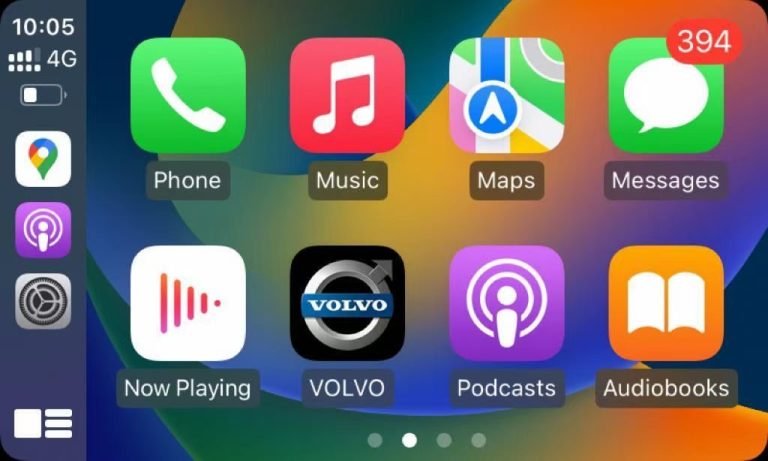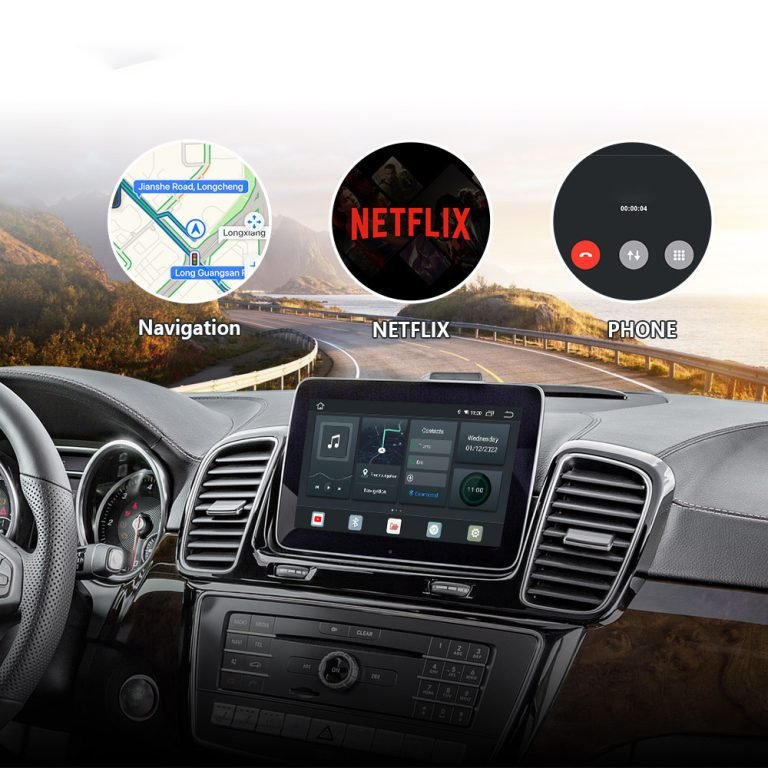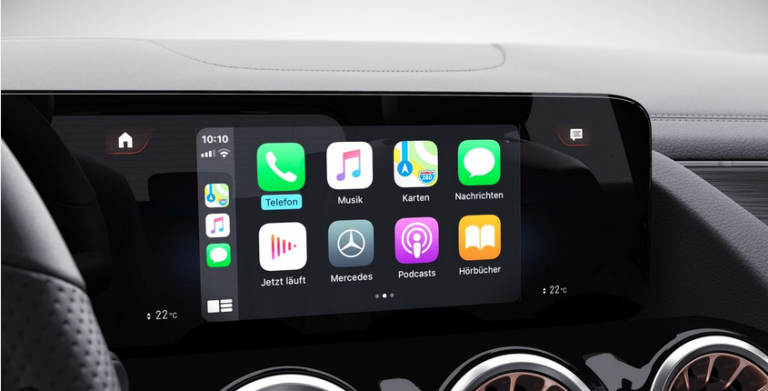The most common video interface today is HDMI (High-Definition Multimedia Interface), due to its widespread use in TVs, monitors, gaming consoles, and PCs. However, the popularity of other interfaces depends on the device and use case:
Top Video Interfaces by Usage:
- HDMI (Most Common Overall)
- Found in TVs, monitors, laptops, gaming consoles (PlayStation, Xbox), and streaming devices.
- Supports video + audio in a single cable.
- Latest versions:
- HDMI 2.1 (8K@60Hz, 4K@120Hz, VRR for gaming).
- HDMI 2.0 (4K@60Hz, HDR).
- DisplayPort (Dominant in PCs & High-End Monitors)
- Preferred for gaming monitors, workstations, and multi-display setups.
- Supports higher refresh rates & resolutions than HDMI in some cases.
- Latest versions:
- DisplayPort 2.0 (16K@60Hz, 8K@120Hz).
- DisplayPort 1.4 (4K@144Hz, 8K@30Hz).
- USB-C (Rapidly Growing, Especially in Laptops & Mobile Devices)
- Many modern laptops, tablets, and smartphones use USB-C with DisplayPort Alt Mode.
- Supports video, audio, power, and data in one cable (e.g., MacBooks, high-end monitors).
- DVI & VGA (Legacy, Still Used in Older Systems)
- DVI is found on some older monitors and PCs (digital/analog signal).
- VGA is nearly obsolete but still used in some projectors and office setups.
Which One Should You Use?
- For TVs & Consoles → HDMI.
- For Gaming & High-Refresh Monitors → DisplayPort or HDMI 2.1.
- For Modern Laptops & Phones → USB-C (with DisplayPort support).
- For Older Monitors → DVI or VGA (with adapters if needed).





